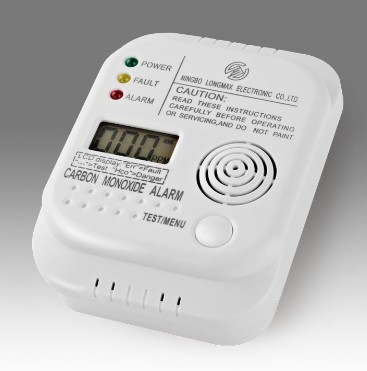It's crucial to place Carbon Monoxide Alarms strategica […]
It's crucial to place Carbon Monoxide Alarms strategically throughout the home or workplace. Install them on every level and outside each sleeping area, following manufacturer guidelines for optimal placement. Keep them at least 15 feet away from fuel-burning appliances to prevent false alarms while ensuring they're close enough to detect CO emissions.
Regular maintenance is essential for keeping CO alarms in top condition. Test them regularly using the built-in test button and replace batteries annually or as recommended by the manufacturer. Additionally, replace the entire unit every 5-7 years to ensure reliability.
Consider investing in interconnected CO alarms, which trigger all units in the network if one detects CO. This ensures that occupants are alerted simultaneously, providing ample time for evacuation.

Combination smoke and CO alarms offer comprehensive protection against both fire and CO poisoning, reducing the number of devices needed and simplifying maintenance.
Digital displays on CO alarms provide real-time CO level readings, allowing occupants to monitor fluctuations and take appropriate action if levels rise.
Smart CO alarms offer additional features such as remote monitoring and alerts, providing peace of mind and enhanced safety.
Professional installation may be advisable, especially for interconnected systems or homes with specific requirements.
Educate household members or employees about the dangers of CO poisoning, common sources of CO, and the importance of CO alarms. Encourage regular maintenance and testing to ensure continued effectiveness.
Periodically inspect fuel-burning appliances, chimneys, and vents for leaks or blockages that could lead to CO buildup. Address any issues promptly to minimize the risk of CO exposure.
Develop and practice an emergency plan that includes procedures for responding to CO alarms, evacuating the building, and seeking medical assistance if necessary.
By implementing these measures, you can enhance the efficiency of CO alarms and better protect against the dangers of carbon monoxide poisoning.